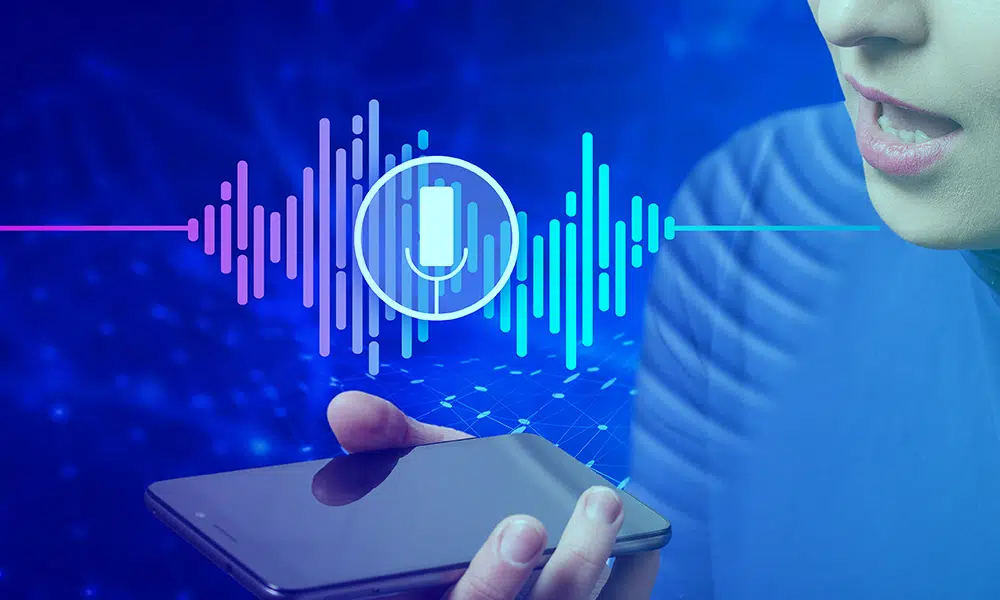Introduction: In the ever-changing technological landscape, voice-activated applications are emerging as a revolutionary force, transforming how we engage with hardware and software. The rise of virtual assistants such as Siri, Alexa, and Google Assistant appears to herald a paradigm shift toward hands-free, voice-controlled interfaces. However, considerable obstacles will arise as a result of this change, particularly in traditional software applications. Let’s look at the future of voice-activated applications and the challenges they confront in displacing their traditional equivalents.
Voice-activated applications leverage natural language processing (NLP) and artificial intelligence (AI) to interpret and respond to spoken commands. This intuitive interface has revolutionized various domains, from smart home devices to customer service chatbots. The convenience of simply speaking to command tasks has propelled voice technology into mainstream adoption, promising a more seamless and accessible user experience.
One of the most significant advantages of voice-activated applications is their ability to enhance accessibility for individuals with disabilities. By enabling hands-free interaction, these applications empower users with mobility impairments to navigate digital interfaces effortlessly. Moreover, voice technology has the potential to bridge language barriers by enabling multilingual interactions, fostering inclusivity in a globally connected world.
In the realm of business, voice-activated applications offer unprecedented opportunities for productivity and efficiency. Employees can perform tasks, such as scheduling meetings, sending emails, or retrieving information, through voice commands, streamlining workflows and reducing reliance on manual input. This enhanced productivity not only saves time but also enables businesses to adapt to the fast-paced demands of the digital age.
However, despite their promise, voice-activated applications encounter several challenges that hinder their widespread adoption and integration into existing software ecosystems. One such challenge is the inherent complexity of natural language understanding. While AI has made significant strides in processing and interpreting human speech, it still struggles with nuances, accents, and context, leading to errors in comprehension and execution.
Privacy and security concerns also loom large over voice-activated applications. The always-on nature of devices like smart speakers raises apprehensions about data collection and unauthorized access to sensitive information. Instances of accidental activation and unintended recordings have fueled skepticism among users regarding the privacy implications of voice technology, posing a significant barrier to adoption.
Moreover, the learning curve associated with voice interfaces presents a hurdle for users accustomed to traditional software interactions. Navigating complex applications solely through voice commands requires a shift in behavior and mindset, necessitating robust user education and training initiatives to facilitate adoption effectively.
For businesses, integrating voice-activated applications into existing software architectures poses compatibility and interoperability challenges. Legacy systems may not be designed to accommodate voice interfaces, requiring substantial investment in infrastructure upgrades and integration efforts. Additionally, ensuring seamless interaction between voice-activated applications and other software components demands meticulous planning and execution.
Despite these challenges, the future of voice-activated applications appears promising, driven by continuous advancements in AI, NLP, and user experience design. As technology evolves, addressing the challenges of natural language understanding, privacy, and integration will be paramount in unlocking the full potential of voice interfaces.
In conclusion, the future of voice-activated applications holds immense potential to redefine how we interact with technology. While facing significant challenges regarding traditional software applications, voice interfaces represent a transformative force that can enhance accessibility, productivity, and user experience across various domains. By addressing the hurdles ahead, we can pave the way for a future where voice becomes the primary mode of human-computer interaction, ushering in a new era of innovation and convenience.
FAQ: How do voice-activated applications work?
Answer: Voice-activated applications utilize natural language processing (NLP) and artificial intelligence (AI) algorithms to interpret spoken commands, execute tasks, and generate responses.
FAQ: What are the benefits of voice-activated applications over traditional software?
Answer: Voice-activated applications offer hands-free interaction, enhanced accessibility for individuals with disabilities, increased productivity through streamlined workflows, and potential for bridging language barriers.
FAQ: What challenges do voice-activated applications face?
Answer: Challenges include natural language understanding complexities, privacy and security concerns regarding data collection, unintended activations, user adoption hurdles due to behavior shift, and compatibility issues with existing software systems.
FAQ: How can businesses integrate voice-activated applications into their operations?
Answer: Businesses can integrate voice-activated applications by investing in infrastructure upgrades, ensuring compatibility with existing systems, providing user education and training, and implementing robust security measures to safeguard sensitive data.
FAQ: What is the future outlook for voice-activated applications?
Answer: Despite challenges, the future outlook is promising with ongoing advancements in AI and user experience design. Addressing hurdles such as natural language understanding, privacy concerns, and integration issues will be crucial in realizing the full potential of voice interfaces.


